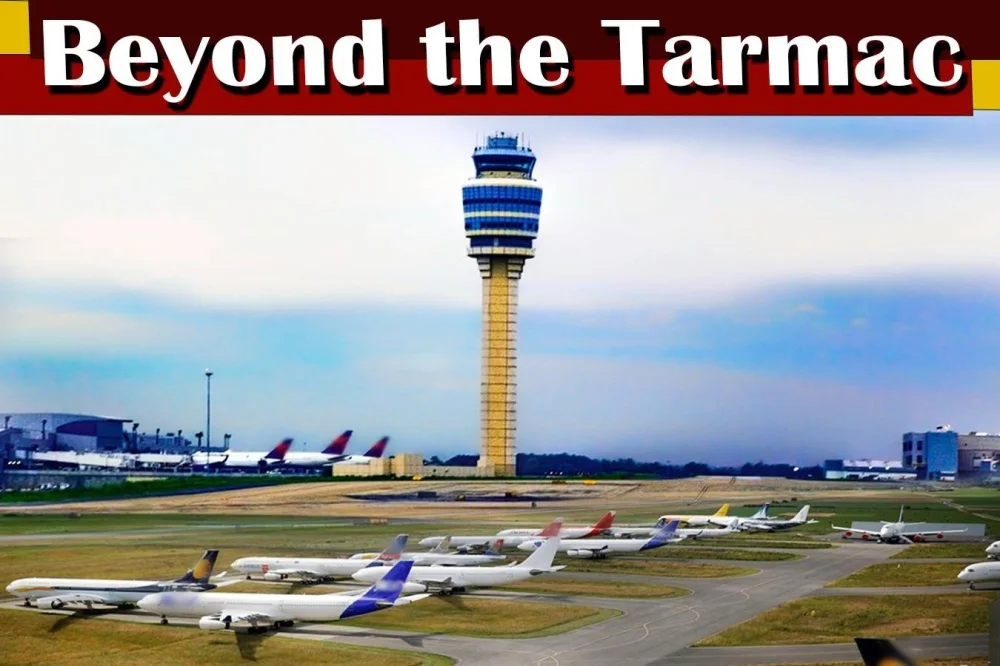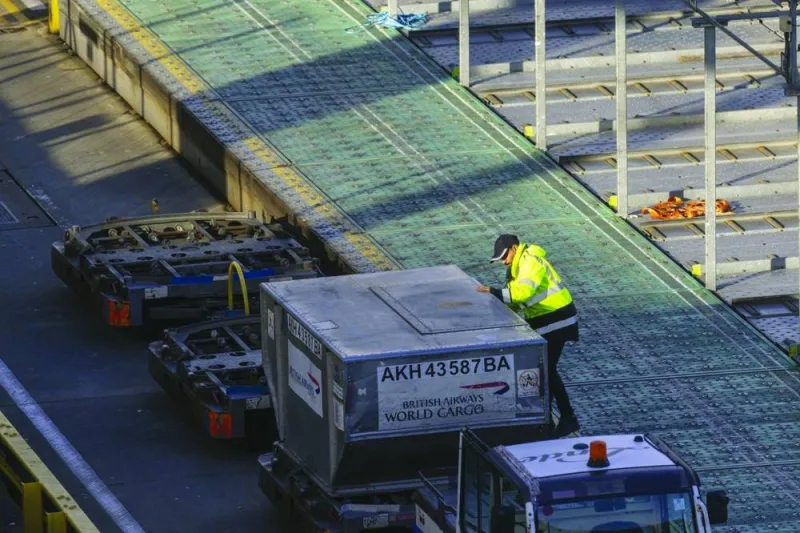
But more manufacturers are reportedly seeking to fly their products these days as attacks on Red Sea shipping force them to find alternate routes, a potential boon for a sector dealing with muted post-pandemic demand and overcapacity.
The Red Sea, which leads to the Suez Canal, lies on the key east-west trade route from Asia's manufacturing hubs to Europe and onto the east coast of the Americas.
About 12% of world shipping traffic accesses the Suez Canal via its waters, according to a Reuters estimate.
Air freight is costly compared to sea freight, and not competitive for bulky, low-margin items. Such constraints have limited air cargo to less than 1% of global trade by volume, according to airline industry association IATA.
The diversion of container vessels away from the risk of attacks in the Red Sea is pushing up air freight costs as shippers try to keep Asian-produced goods on shelves despite delays to sea traffic, according to The Financial Times.
Logistics providers said the rerouting of ships from the Suez Canal to longer passages between Asia and the west following Houthi missile and drone attacks had generated intense interest in moving goods by a mixture of sea and air. A logistics provider said demand for this method was 25-30% higher than normal for January.
The shift in transport mode, mainly a result of decisions by big container shipping line to send ships around the Cape of Good Hope, has helped push up air freight costs.
The average cost to fly 1kg of cargo from the Middle East to Europe has increased 35% in the last month to $2.03, according to Freightos, a logistics information service.
As tensions in the Red Sea continue to disrupt ocean freight, retailers and manufacturers are increasingly turning to air shipping as an alternative to maintain supply chains.
The latest report from freight platform Xeneta reveals a significant increase in air cargo volumes from Vietnam to Europe, a major trade route for clothing exports.
The route witnessed a significant rise in air cargo volumes in January. This surge in demand has pushed up air shipping rates last month compared to December, 2023. This development marks the first impact of the Red Sea crisis on air freight.
The Financial Times quoted Freightos’s chief marketing officer Eytan Buchman and said shippers were resorting to air because of the delays from the extended transit times via the Cape.
“One strong argument for bridging part of a supply chain by air would be to avoid the delays and uncertainties,” Buchman said.
He said supply chains that could be disrupted included those for the manufacture of computers and cars and even for the making of sauces that needed a single key ingredient sourced from Asia.
Although sea freight is slower compared to air cargo, container ships are the main means of worldwide transport for finished and semi-finished goods.
Ships have a much larger cargo capacity, making sea freight a more economical choice for bulk shipments.
Obviously, it is suitable for goods where speed is not a critical factor.
On the other hand, limited cargo space is available in aircraft, so it's more suitable for smaller shipments or high-value goods.
Many businesses have been using a combination of both modes, known as multimodal or intermodal transportation, to optimise their logistics based on the unique characteristics of each shipment.




